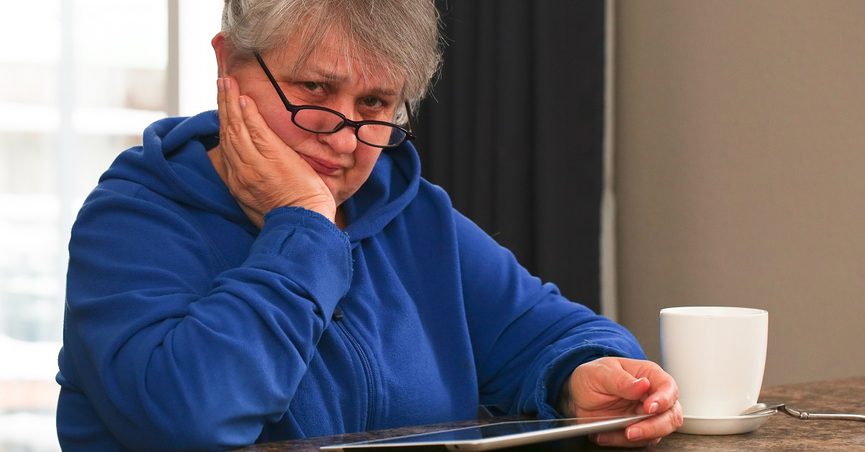在 Facebook 上发表评论,然后分享政治思想所需的兴趣深度将引发更多相同的情况,并且有可能使用户通过日益激进的程度。

【原文】
This article is republished here with permission from The Conversation. This content is shared here because the topic may interest Snopes readers; it does not, however, represent the work of Snopes fact-checkers or editors.
A headteacher in Stoke-on-Trent told me that, alongside ensuring a COVID-safe return to school for her pupils this September, she’s having to reassure parents that their children will not be forcibly taken away and isolated in a secret location if they start coughing in class.
The headteacher keeps getting sent a Facebook post warning parents to “wake up” to the threat in the UK’s Coronavirus Act. “Is this true, can you take my child?” she is asked.
Facebook encourages pools of the like-minded, whether through architecture that encourages what the activist Eli Pariser’s termed “filter bubbles”, or what the psychologist Daniel Kahneman called “cognitive ease” – our willingness to believe ideas that are familiar, comfortable – easy – to believe, and to avoid ideas that would take effort to accept. It’s also possible to game Facebook’s algorithms to manipulate public opinion, as the investigative work of journalists such as Carole Cadwalladr and Craig Silverman has shown.
But seeing a radical meme isn’t enough to trigger more of the same content, it’s how we interact with the content that matters to Facebook. The depth of interest needed to comment and then share a political idea will trigger more of the same and, potentially, take the user through increasing levels of radicalisation.
A slightly racist granny can quickly become groomed towards adopting more radical views. Or a fellow mum be taken from conspiracy theories about the Coronavirus Act to those about Epstein’s island. And then that can lead to thousands of protesters to march in London in late August against mask wearing and in defence of a “truth” only they are being shown.
It can be tempting to dismiss the anti-mask protesters or groups marching to Buckingham Palace to #SaveOurChildren as a few thousand cranks in a sea of sensible people. But we do not know the size of the iceberg – beneath each visible protester may be thousands of partial believers, including an unknown number of grandmothers helping QAnon to grow.
![]()
Sue Greenwood, Associate Head of Production, York St John University
This article is republished from The Conversation under a Creative Commons license. Read the original article.
Help Supercharge Snopes For 2020
We have big plans. We need your help.